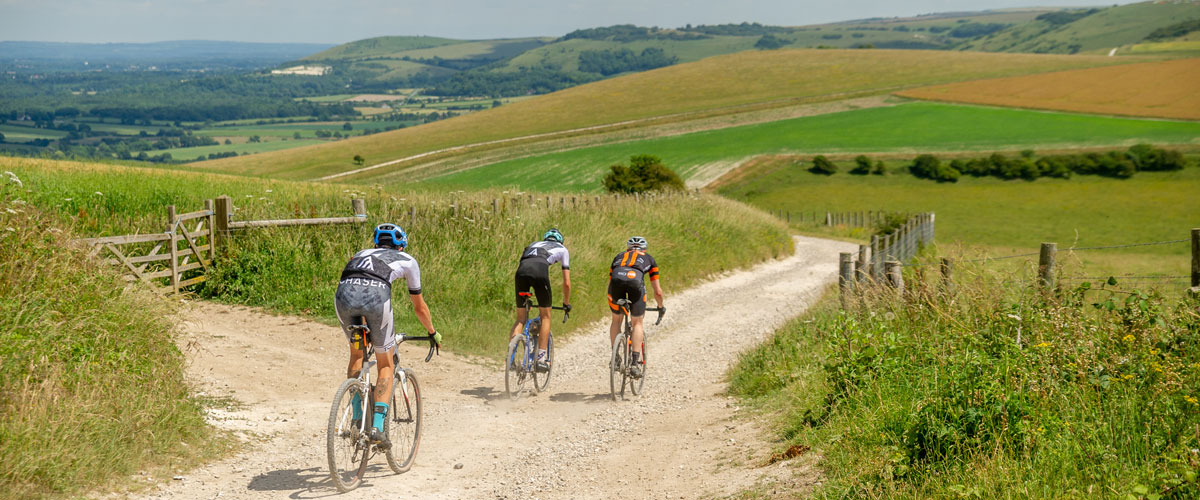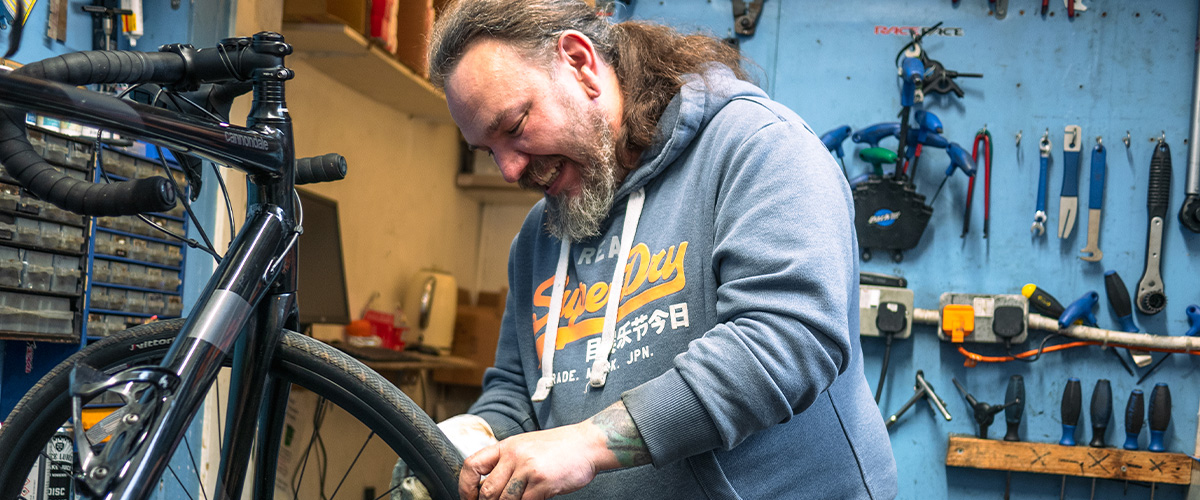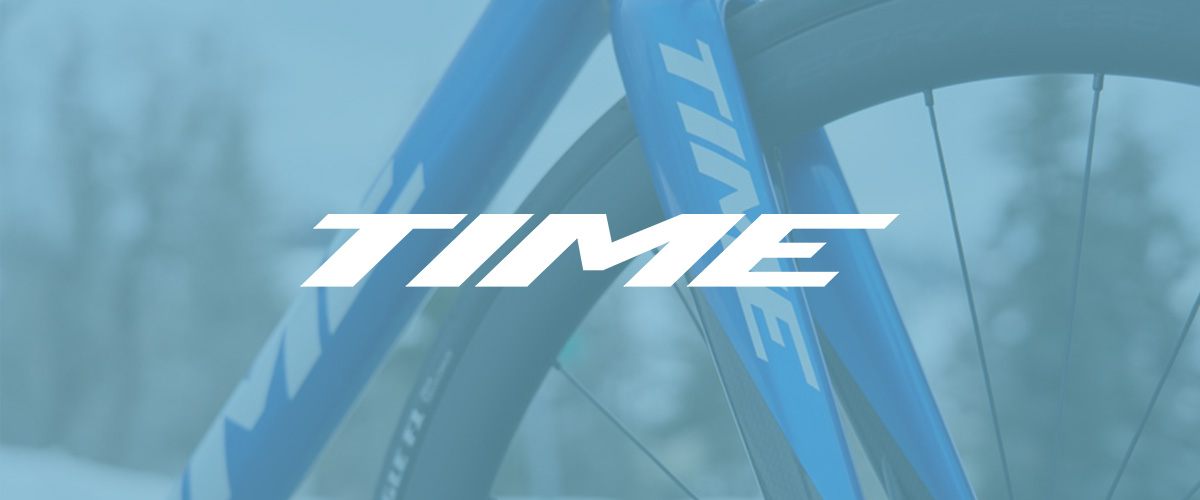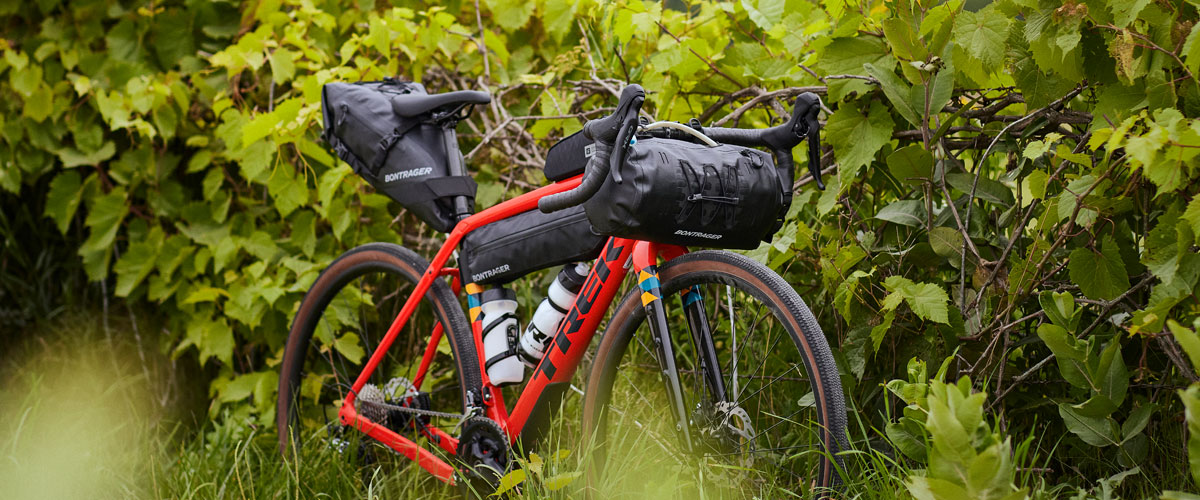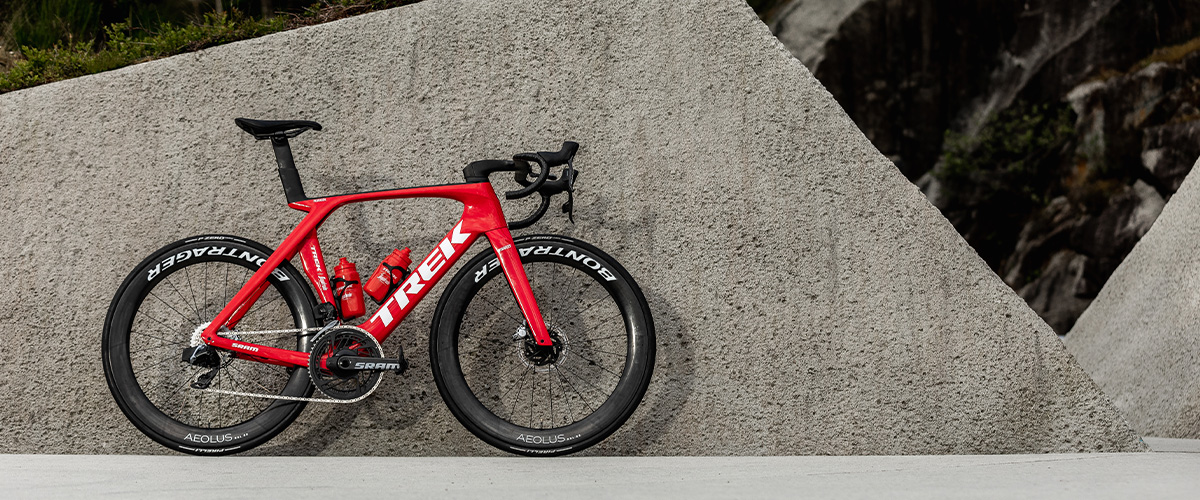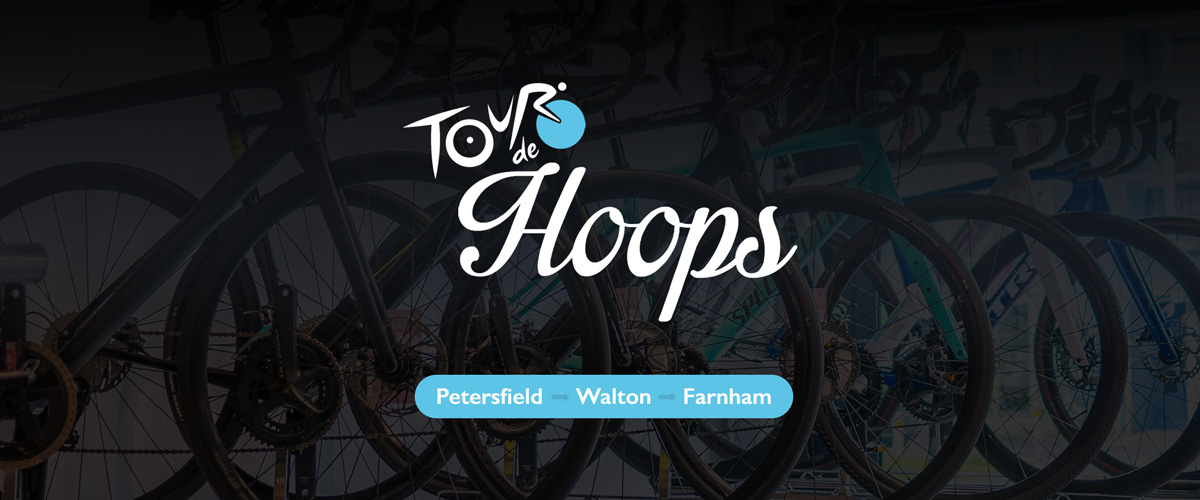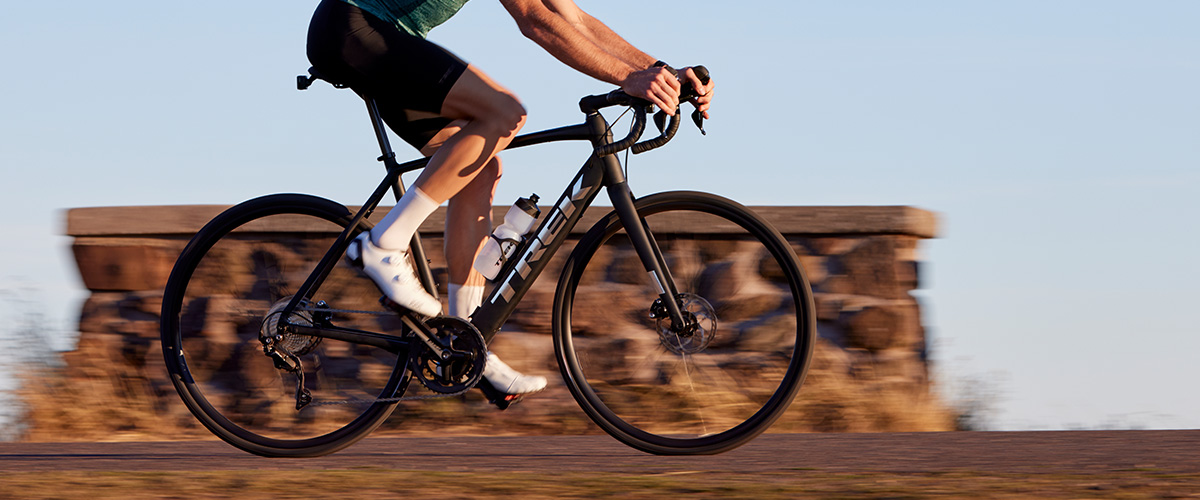Overlanding: XC MTB Buyer's Guide
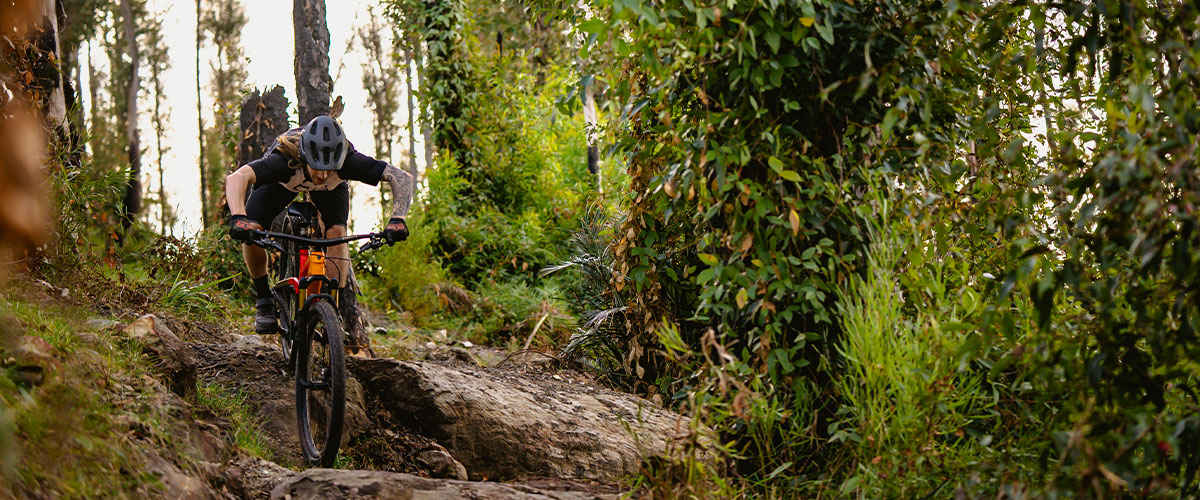
Overlanding: XC MTB Buyer's Guide
For the mile-munching, off-road dwelling riders who are putting in some serious saddle time, cross-country mountain bikes are hard to beat. Lightweight and efficient, these bikes are designed to go far and fast, but with so many options out there it can be hard to find your perfect XC bike. In this guide, we discuss what’s out there, what to look out for, and what’s best for you!

Frame
Hardtail vs Full-Suspension
Choosing the right type of suspension for you is probably the single most important thing to consider when you’re in the market for a cross-country MTB. Ultimately it comes down to what kind of riding you’ll be doing:
Hardtails are generally suited to smoother singletrack where there’s more traction, and on less technical terrain, hardtails can make your riding feel more direct and responsive. The stiffer back end also offers unrivalled power transfer when climbing challenging gradients, and the lack of weight makes getting to the top that much easier – when the terrain doesn’t call for it, the extra weight of full-sus isn’t worth carrying.
The nature of a full-sus mountain bike means it can perform much better over rough terrain, offering more traction and grip thanks to the aid of a rear shock. Rather than rebounding on the rough stuff, contact with the ground is easier to maintain – the ride is smooth and comfortable, so fatigue is reduced and comfort maximised on long days in the saddle.
Suspension Travel
Most modern XC bikes come with around 100-120mm travel at the front end, offering the ability to soak up lumps and bumps as well as provide relief for the hands and wrists over harsh terrain. Full-sus offerings will feature a similar range of travel at both the front and rear.
Geometry
Modern XC bikes are very different to the designs you might recognise from the 90s, now featuring much more aggressive angles to provide more efficiency and confidence across all aspects of riding.
Following the trend of many trail bikes, the head tube angles of most mainstream XC bikes are becoming slacker and slacker, but this isn’t without reason. Opting for a slacker head tube angle provides more stability at higher speeds without compromising the rider’s weight distribution to maintain traction and nimble handling.
In the constant pursuit of traction and stability, steeper seat tube angles keep the rider’s weight over the bottom bracket and rear wheel, while shorter chainstays provide the same benefit as well as enhance power transfer.
Carbon vs Aluminium
When it comes to frame material, the two headliners are carbon and aluminium. From a value perspective, aluminium is hard to beat; it’s lightweight, durable and often comes in at a price point considerably lower than its composite counterpart. You really can’t go wrong.
For all-out performance though, carbon wins every time. Stiffness, comfort and weight are all unrivalled, and the level of fine-tuning that the carbon fibre provides means that manufacturers can reinforce or shave material where necessary to improve durability, weight and power transfer. Any concerns or fragility are null and void thanks to modern layups and construction techniques – if it’s good enough for the downhill world cup riders, it’s good enough for us!
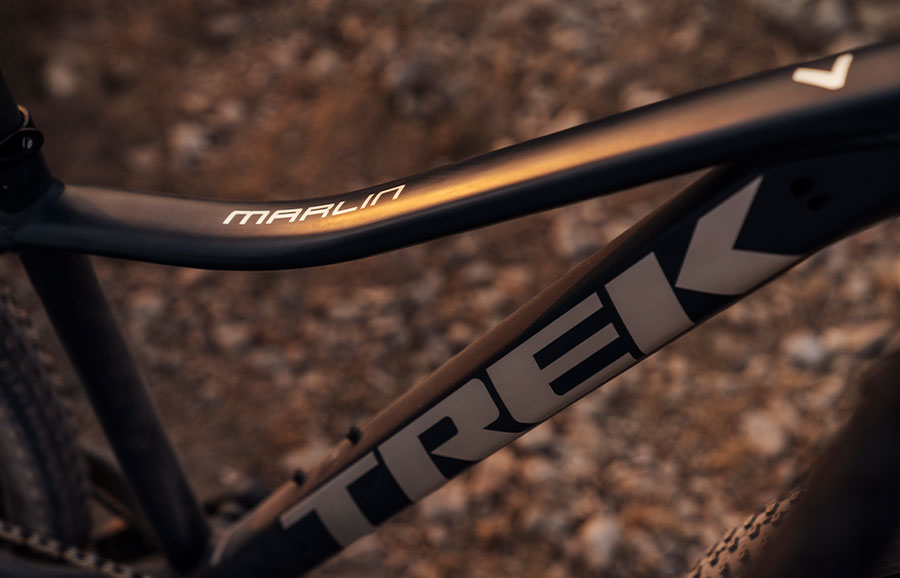
Wheels & Tyres
27.5-inch vs 29er
Wheel size is an age-old debate that has polarised many an MTBer, but nowadays the general consensus is that 29er is best when it comes to XC MTBs, and 27.5 offerings are few and far between. For speed, traction, rollover and comfort, 29er wins on all fronts thanks to the larger diameter – carrying speed and rolling over lumps and bumps has never been easier.
However, it’s important to note that for smaller size frames 27.5 is the way to go in order to maintain the same handling characteristics – this is something that Trek employs in their range of XC MTBs.
Tyre Width
Compared to trail, enduro and downhill setups, cross-country bikes opt for relatively narrow tyres typically in the range of 1.6-2.2 inch. The theory behind this is that the tyres will be lighter and therefore easier to get up to speed, as well as reducing the overall system weight, and keep rolling resistance to a minimum.
Despite this, many XC riders have been experimenting with wider widths in recent years, often in the region of 2.35 inch. While 2.35 inch is a relatively wide tyre for XC racing, for the everyday rider the added ride feel, traction and overall control offered with the 2.35 inch tyre could tip the scales in favour of going wider.
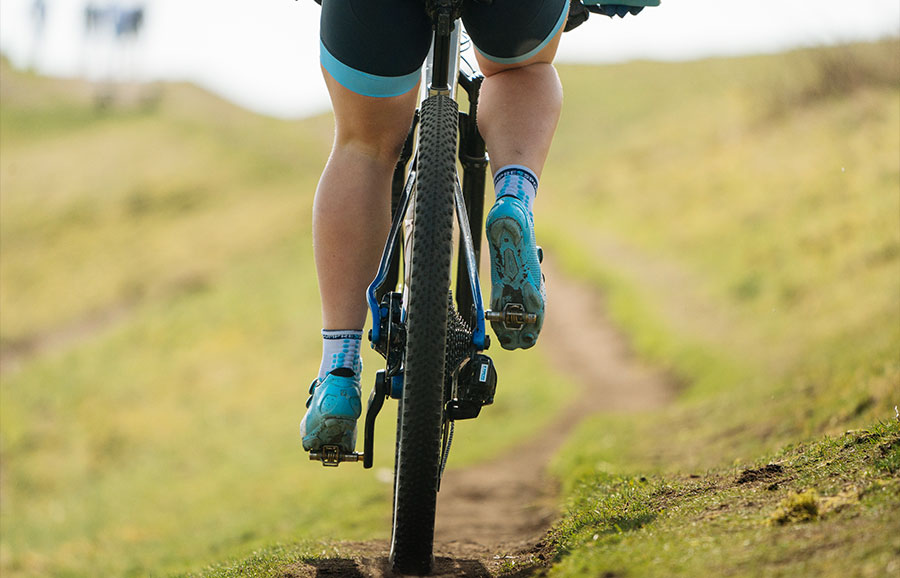
Components
1x vs 2x
The debate of 1x vs 2x is yet another polarising one, with many claiming that 2x simply offers a superior range of gears that are necessary for XC riding. However, the idea of 1x is no longer a newfangled concept, and its performance has been well documented by amateurs and professionals alike.
By eliminating the front derailleur, shifting is much simpler, more predictable and provides much-improved chain retention. Modern drivetrains using the 1x system are far from lacking range – pairing a smaller front ring with a comparatively huge cassette means the range of gears is often the same, if not bigger than most 2x offerings.
Dropper Post vs Rigid Seatpost
The benefits of dropper posts are undeniable: descending is made significantly easier, as dropping the seatpost allows for weight shifting for increased control and traction. The main hurdles for most are the cost and weight penalty. Rigid seatposts will be significantly lighter, but don’t provide any aid when it comes to descending.
For the everyday rider, shaving grams might be less of a priority, whereas the tangible advantages of a dropper are hard to argue with – we’d say it's a worthwhile investment.
Handlebar Width
Modern XC bikes are leaning towards wider and shorter when it comes to the cockpit, instead choosing to lengthen the top tube rather than going with the narrow bars and long stems of old. The objective is simple: improving stability by balancing the rider’s weight distribution in favour of traction. Generally, you’ll find XC bikes specced with bars between 720-760mm wide, paired with a stem that’s 60-90mm long depending on frame size.
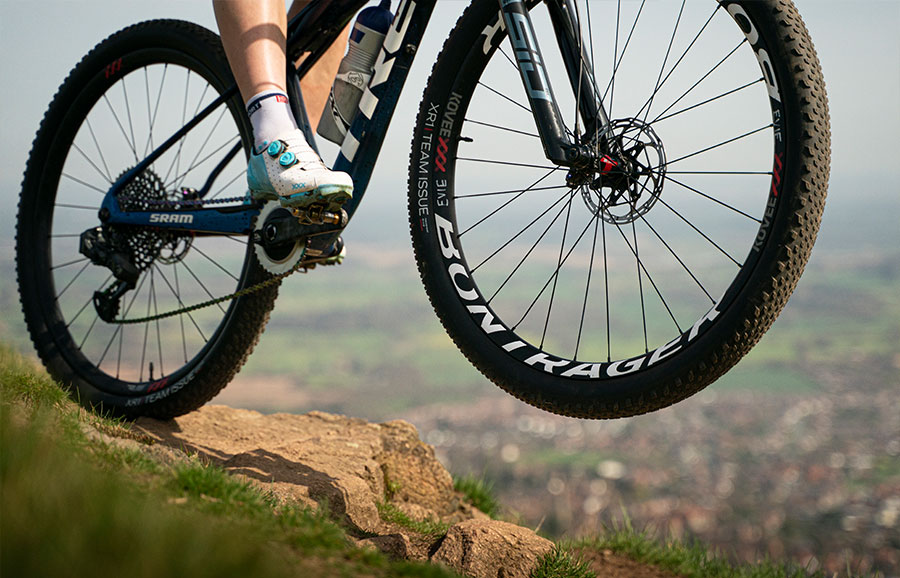
Want to check out our XC MTB range? Visit our MTB page or head in-store to see them in the flesh.
